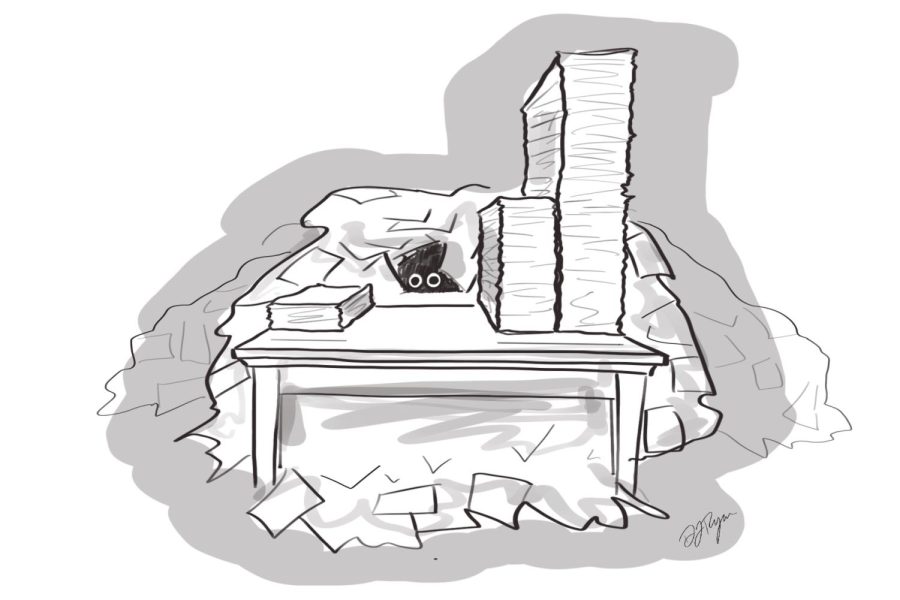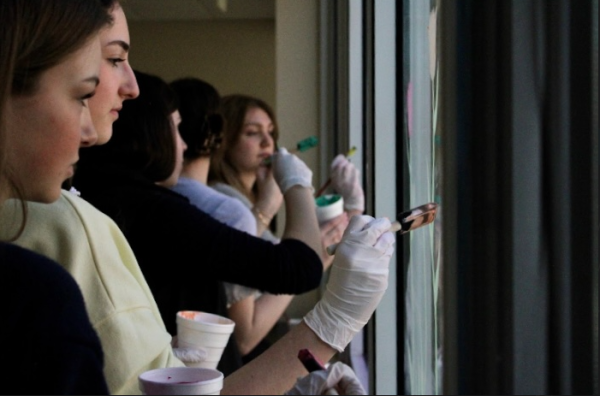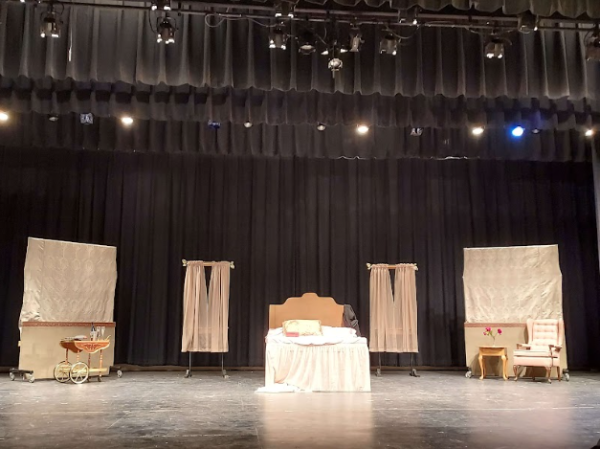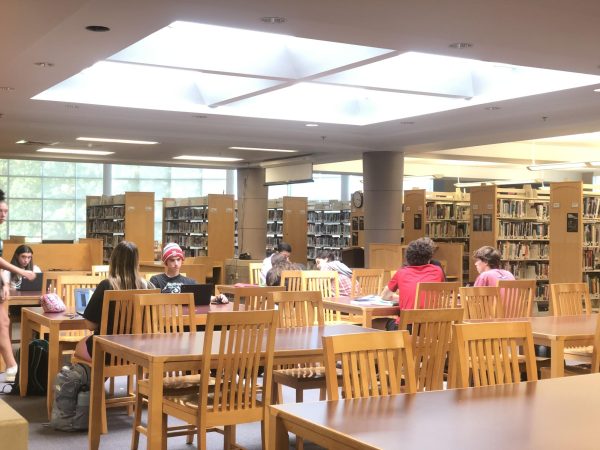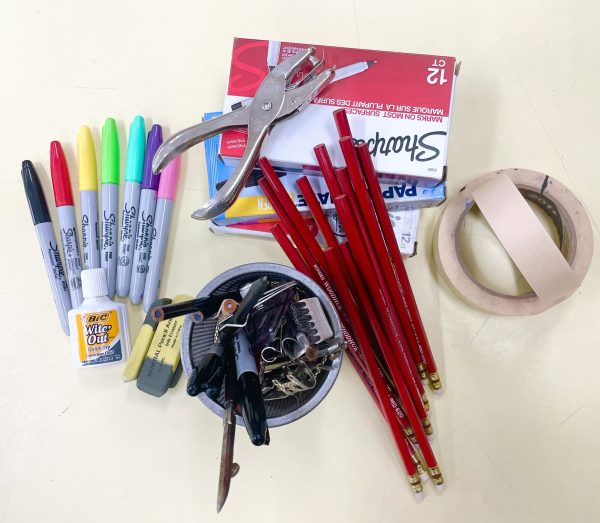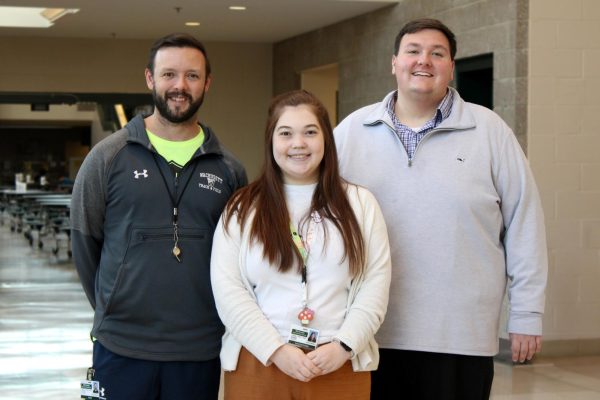Increased application numbers skew acceptance rates
Due to an increase in the average number of college applications a student completes, “match” and “safety” ranked colleges may have become an inaccurate representation of students’ chances of acceptance.
According to guidance counselor Christina Lee, students applying for more common majors should apply to fewer colleges than those applying for more selective majors.
“I recommend that students apply to eight to ten schools,” said Lee. “Although, nursing students might apply to more, due to the program’s competitiveness.”
The increase in applicants at sizable schools has resulted in unusual acceptance rates.
“The acceptance rates at larger universities can be skewed,” said Lee.
Lee said that more prominent universities, such as UMass Amherst, have become more selective year after year.
“It depends on the major,” said Lee. “But UMass seems to get harder and harder every year.”
Assistant Principal Victoria DeSimone said that when she attended high school in the 1980s, counselors recommended that students only apply to five colleges and that “safety” schools did not play an important role in the application process.
“There was an emphasis on reach schools,” said DeSimone. “I applied to four match schools and one reach,” she said. “Safety schools weren’t really a concern back in the day.”
Math teacher Jennifer Collard said that in 1998 her high school guidance counselor only recommended four colleges.
“I applied to three reach schools and one safety school,” said Collard. “I had a GPA of 95, or maybe higher, and I went to Worcester State,” said Collard.
Senior Giovanni Davila said that his guidance counselor, Michael Dubzinski, suggested that he apply to fewer than 10 schools.
“He told me to apply to five to eight colleges,” said Davila. “All of the schools I applied to were matches for me.”
Davila said that Dubzinski introduced him to his future college.
“My counselor thought Johnson and Wales would be a perfect match for me,” said Davila.
According to College Board, Johnson and Wales has an acceptance rate of 93% and an undergraduate population of about 5,000 students. This small to mid-sized university has a high acceptance rate drawn from a small pool of applicants, increasing the chances of admission and providing accurate acceptance data to prospective students.
Senior Lizzie Foley said that she applied to the recommended number of colleges.
“I applied to ten schools,” said Foley. “Eight were match schools, one was a safety school and one was a reach.”
Foley said she plans on attending one of her match schools.
“My top school is Endicott,” said Foley. “I would say it’s a match for me.”
According to Endicott College’s website, they receive more than 5,000 applications yearly and accept just under 4,000 of those applicants. This results in an acceptance rate of 77%.
The relationship between acceptance rates and the number of students who apply to one college is inverse. The acceptance rates at larger universities have decreased over time as the number of applicants has increased.
According to the Massachusetts Daily Collegian, UMass Amherst received just over 48,000 applications and accepted about 30,000 for the 2021-2022 school year. The University received more than 50,000 applications in the fall of 2022, resulting in more rejections and waitlist responses than in prior years.
However, high-performing WRHS students continue to attend the University despite application difficulties, like committed senior Ben Marien.
“The UMASS application process was pretty seamless and typical except for the fact they didn’t allow outside letters of rec to go through the common app,” said Marien. “Regardless, I am excited to learn more about the wide variety of courses that UMASS offers and find my calling.”

Beth is a senior staff writer for the Echo who enjoys aerial silks and spending time outdoors.



